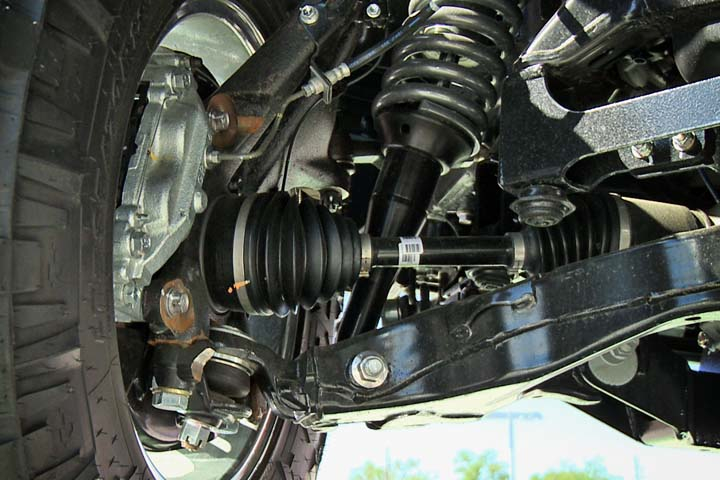If you’ve ever walked into your garage and noticed it smelled like gasoline, pay attention. Gasoline can be dangerous, both from the health problems fumes can cause and the fire danger gasoline presents.
There are many things that can cause a vehicle to give off a gasoline odor. One of the easiest to track down is the gas cap. It could be missing or it doesn’t seal well any more (they do wear out). That can also cause the Check Engine light to light up, so those are clues to tell your service advisor when you take it in for diagnosis.
Another thing that can cause the Check Engine light to come on and produce a gasoline smell is the fuel filler neck. It’s the part that goes from the place you put your fuel in to the gas tank. Over time, these can wear out and fail (they’re made out of rubber or metal). They can leak gasoline, too.
It’s always a good idea to check the garage floor for any gasoline puddles. Note the location of the puddle in relation to the vehicle. If it’s near the back, that’s possibly the fuel filler neck or the gas tank leaking. In the middle of the vehicle? May be fuel lines. Near the front? Could be fuel injectors (or carburetor if you have one) or fuel pump.
There are other causes of gas odors, and you need an expert to figure out the source soon. Gasoline leaks are nothing to play around with. Gasoline is flammable, potentially explosive and its fumes can damage your lungs. A trained technician can pinpoint the cause and get your garage back to smelling like a normal garage again.
Autotronics of St. Peter
111 Jefferson Avenue
St. Peter, MN 56082
507.934.9290
http://autotronicsstpeter.com
